5 LESSONS TO LEARN
FROM A FAILER GAME
Post Category: Share
Emily Pitcher, a game developer and a Forbes 30 Under 30 honoree, has shared five lessons she learned from the unsuccessful launch Gold Lining and explained how to avoid them when developing your first game.
Emily is the creator of lily’s world XD, a psychological horror game built on cringy teen nostalgia, fourth-wall breaks, and real photos from her own adolescence. Her work spans game dev and content creation, and she’s the first to admit: it hasn’t all been easy.
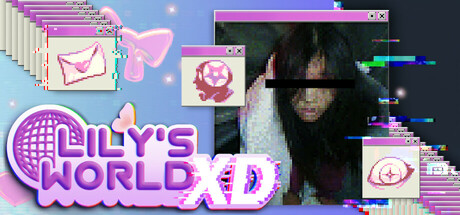
Dưới đây là 5 điều cô rút ra được từ thất bại trên con đường làm một nhà phát triển game độc lập được chia sẻ trong buổi livestream của Unity:
1. Failing as part of the process
Before the success of lily’s world XD, there was Gold Lining – a project that taught Emily the brutal, necessary lessons of creative failure. She poured her heart into the game, even secured early funding from Xbox, but ultimately it didn’t find traction. This was a rare achievement in the game development industry, since publishers usually provide funding only after they’ve tested a demo, not beforehand. To this day, Emily still considers this to be the biggest victory of her career in game development. That milestone gave her capital, confidence, and motivation—for herself and for her entire team.
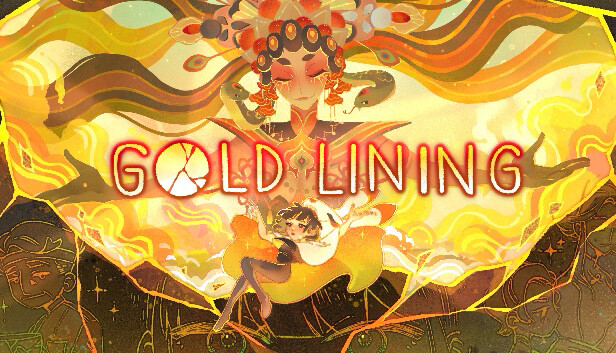
However, in the end, Gold Lining did not succeed for several reasons, including a wave of layoffs in the tech industry and rejection from more than 20 publishers, who believed the platformer genre was no longer marketable. No publisher. No finish line. Only painful decisions and emotional setbacks. Yet this was also the beginning of an awakening in her journey.
“Gold Lining was a project I started basically right out of college,” she says. “Instead of researching what might be popular with Steam players, I just thought, what would be a concept that seems cool to make?... We actually got some funding from that game from Xbox… but unfortunately, we were never able to secure a publisher with that game, and the game was ultimately cancelled.”
Emily doesn’t romanticize this period. The dream faltered. Her confidence did too. And the weight of rejection nearly broke her.
“The game could not be finished without money,” she said. “The scope was just way too big… and we kind of came at a crossroads of what should we do… I stopped having fun making the game… I was really sad every day with the rejections… I stopped believing in the game itself.”
Still, she made the hardest—and wisest—move: she quit. And by walking away, she opened the door to her next act. Gold Lining itself was a game about the beauty of things falling apart. In a way, it seemed to remind Emily of the beauty in letting go so that one can move forward.
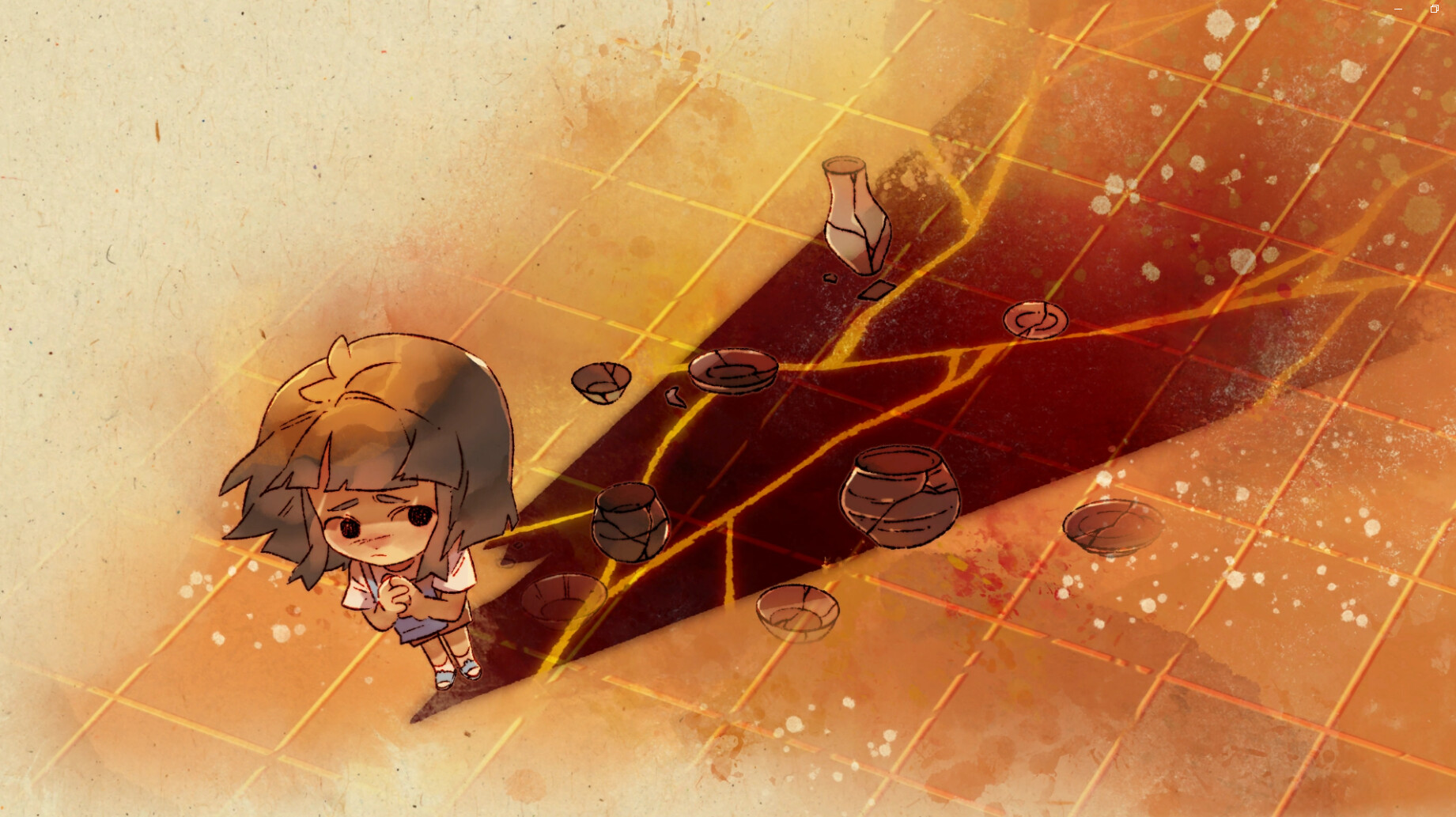
“It was honestly really hard, very emotional—there was crying involved, of course—but now looking back, I am so happy I had the courage to step away,” she says. “I do not regret that failure at all because only because I went through that and learned the hard way, that lily’s world XD has been able to get grounding.”
2. Turning Mistakes Into Momentum
Emily didn’t just recover—she reflected. Every painful lesson from Gold Lining became a data point. And rather than rebuild in the same direction, she rebuilt smarter.
“[Chris Zukowski] actually had this video that changed my life,” she says. “He did this interview with a popular game dev channel and he had this whole section about genre. And he said platformers—the worst genre—that hurt a little bit.”
The first shift? She stopped building games no one could explain. She learned that clarity matters. Especially when talking to publishers or creating content, having a razor-sharp pitch can be the difference between intrigue and indifference. The logline for lily’s world XD is: “Investigate a teenage girl’s computer. Everything seems ordinary—until you discover messages that were sent directly to you.”
“You can summarize the hook of your game in one sentence,” she says. “That one sentence can guide you when you're talking to publishers, guide you when you're making content about your game.”
She also interrogated her design logic more rigorously. Was every mechanic supporting the theme, or just convention?
“I was just following the conventions of the genre and not asking myself, are we just doing this because it’s a platformer?” she said. “Or are we doing this because it helps the central theme of the game?”
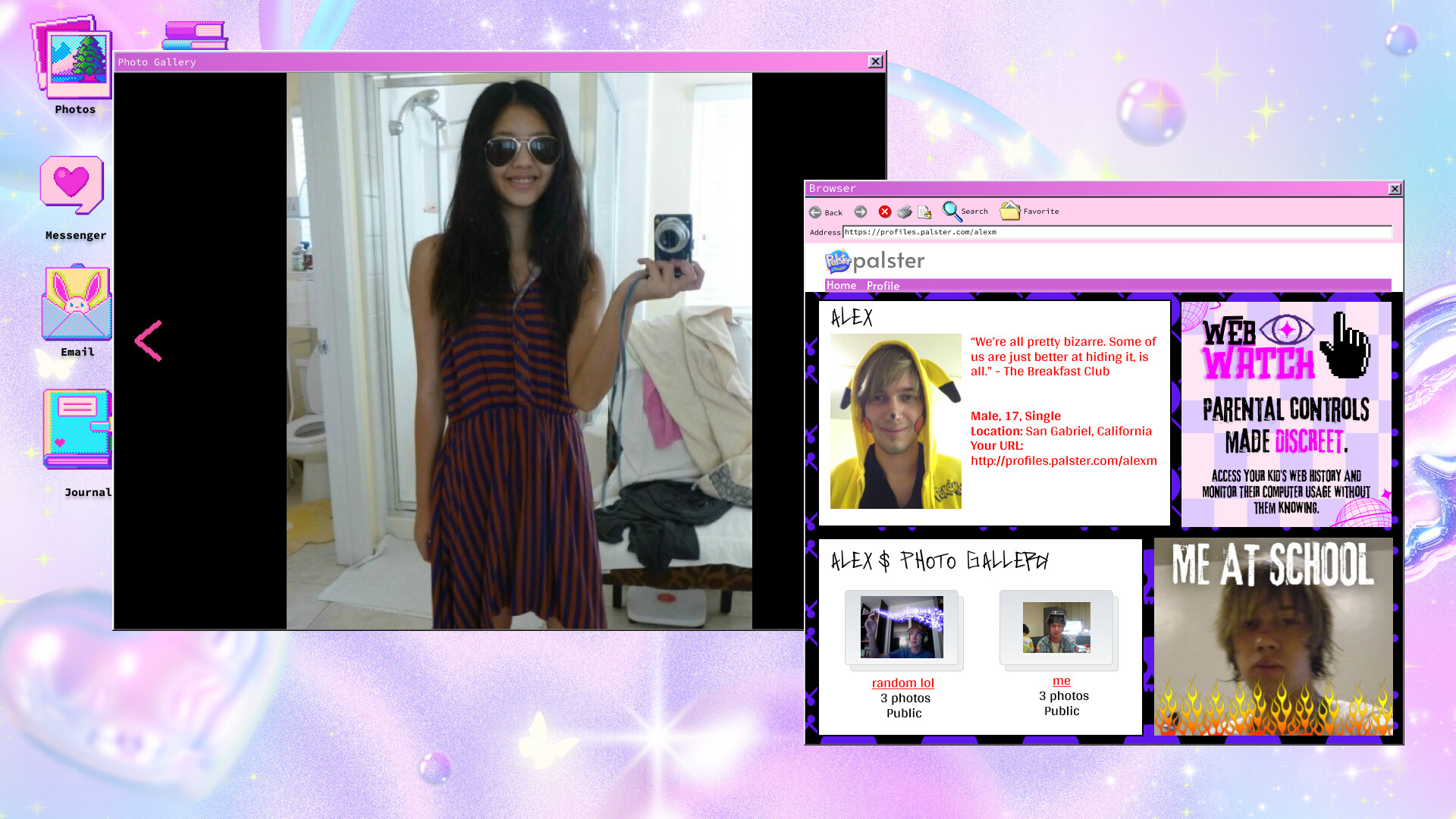
Most importantly, she dismantled the echo chamber. No more developing in isolation. Instead, she decided to involve the audience early—and often.
“Another big thing I would do is to try to validate your game earlier,” she says. “With Gold Lining, it was just an echo chamber of me and my friends… with lily’s world XD, I made the videos from the very beginning.”
3. Playing to your strengths
One of Emily’s biggest unlocks wasn’t about tech or trends. It was about accepting who she is—and who she isn’t. She’s not a trained programmer. She’s not a pro artist. But she is a storyteller. A designer. A builder of weird, personal worlds. And when she embraced that, things clicked.
“You gotta be a little objective about what you're good and bad at,” she said. “I suck at programming. I am a good writer. And I would say I'm passable with art… if someone told me, ‘I suck at programming, I'm mediocre at art, and I can only write,’ I’d be like, ‘You should not make an indie game’… but even though all of those things are true, when I get the feedback form for my game, for playtesters, people actually say that art direction is one of their favorite things.”
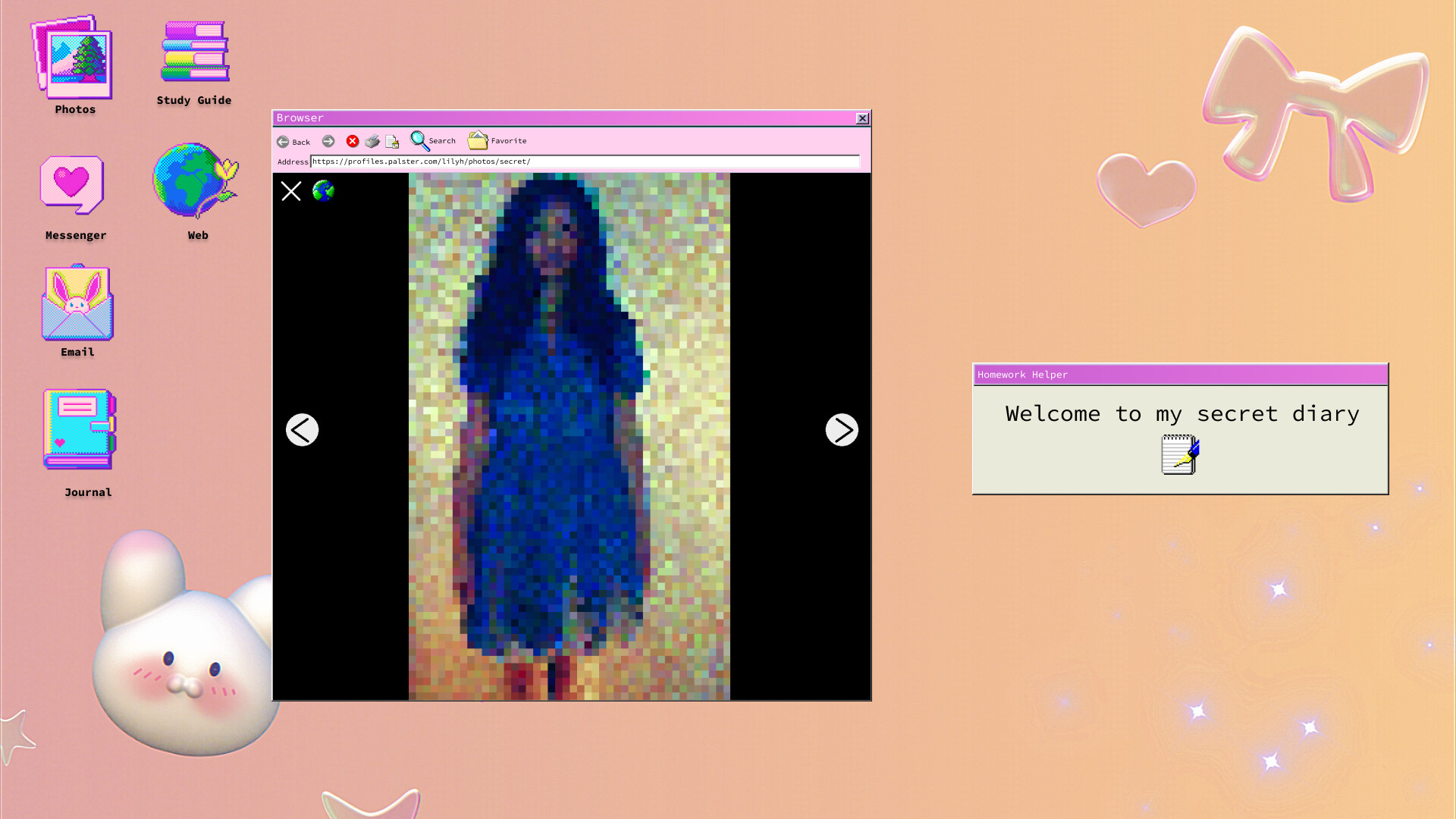
Instead of pretending to be someone she wasn’t, Emily designed around her limits. And in doing so, she carved out a creative space that felt truly hers.
“I worked around my weaknesses,” she says. “I suck at programming, so I decided to make a game that I thought would be easier to program… I used to work at Meta, so I’m familiar with tools like Figma… I use pictures of myself because I’m not that good at art… and it is a narrative detective game, so storytelling and writing is at the forefront.”
Her lesson: don’t wait to be good at everything. Use what you’ve got. Emily believes that limitations in skills can sometimes make one appear more capable than they actually are. Using a limited color palette, for example, can give a piece a stronger sense of cohesion than working with an overly diverse range of colors.
4. Publicly validating concepts
In contrast to the quiet, closed-door development of Gold Lining, Emily took a radically open approach with lily’s world XD. She didn’t just develop in public—she launched her audience journey before her Unity project even existed.
“With Gold Lining, it was a secret right up until the end… I worked for about two years in private on the game,” she said. “And with lily’s world XD, I thought: in the first week of development, let’s make a video. And that video got 2 million views… I realized that I could use social media as a way to evaluate whether my ideas had strengths.”
The result? Instant feedback. Viral traction. And a powerful way to gauge demand before sinking years into development.
“I had started making videos here and there… eventually I grew a small audience,” she says. “I posted one of my TikTok videos to Instagram just to share with my family and friends. That video got over 2 million views, and now I do it as a career.”
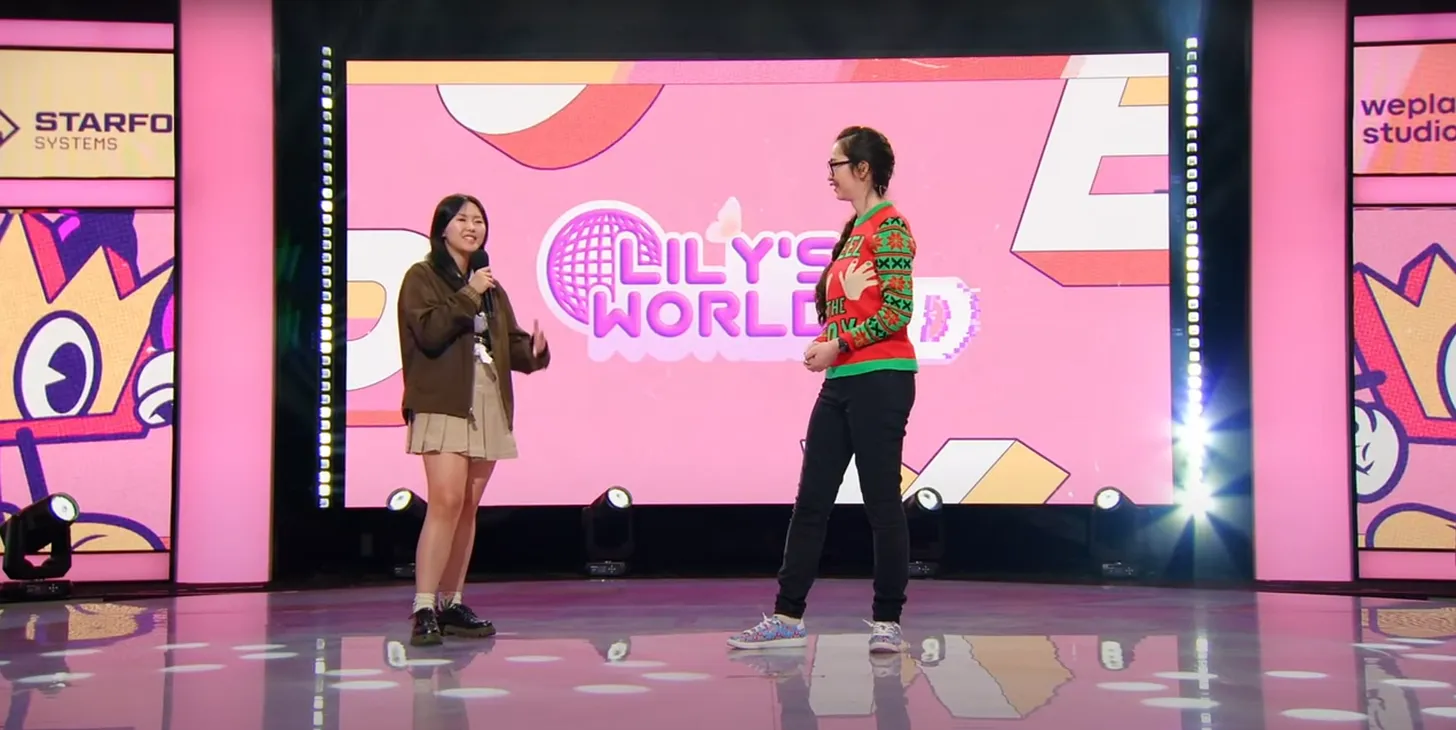
This approach wasn’t accidental—it was strategic. She tested multiple angles and found the hook that stuck.
“When I had an idea, I came up with a few sentences of hooks,” she explained. “...and what led to the huge boom and rise of my game… was this thing I did to save time, that ended up being a cool developer story.”
Emily’s story proves you don’t need a huge following to start. You just need to start.
“I know that not everyone has a massive social media following,” she said. “But I don’t think you need a massive social media following to validate this idea through social media… Unpacking went viral at its first tweet… they weren’t famous people before that.”
5. Using Social Media
Social media was never Emily’s endgame—it was a bridge. A means of discovery, validation, and momentum. But not a silver bullet. She’s blunt about its limits.
“Short-form video is not the best way to convert to wishlists,” she says. “That conversion has to happen when they see the name, they save the video, then they go on their computer and search it up… that is just too many steps.”
What works? A multi-platform approach, repeated visibility, and content with a clear hook.
“Post your video on all social media platforms,” she said. “This video that is literally 6 million views got 700 views on my TikTok. If I just posted on TikTok, I would think this is a bad video—but no, this video gave me like 10,000 wishlists.”
But Emily is crystal clear: none of this matters if the game itself doesn’t land.
“Social media will not take you to the finish line,” she says. “Ultimately, you need to make a good game… you should leverage social media to give you opportunities in your game, rather than relying on it as the sole marketing method.”
When asked what advice she would give to students aspiring to pursue game development, Emily shared that when you create multiple small projects, you should identify the one with the most potential and put it on Steam. Because once your game appears on Steam, you automatically become more appealing to both investors and recruiters.
Another piece of advice she offered is to try out every role in the development process. This, she explained, helps team members communicate better with one another, since they gain a deeper understanding of each other’s work.
There’s no single path through indie game development, but Emily Pitcher’s story makes one thing clear: failure is not the opposite of progress; it is progress. From burnout to bounceback, her ability to interrogate her process, stay honest about her strengths, and meet the audience where they are has turned lily’s world XD into one of the most anticipated indie horror games on Steam.
As Emily put it best:
“We are stronger together and we should not look at each other as competition.”





